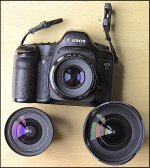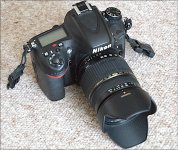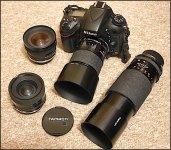- Messages
- 9,777
- Name
- wayne clarke
- Edit My Images
- Yes
Ok, I'm not trying to start WW3, it's a serious question.
With the exception of really fast primes 1.2 or 1.4 are they worth the money?.
What got me thinking was I was playing with a 35mm 2.0 and I had the 16-35 2.8 on the other camera and I realised the zoom isn't worse quality wise like they used to be back in the day, to be honest I couldnt tell the difference, and the zooms got more options, yes it's a stop slower but I can go up a stop iso and theres no real difference these days.
The only advantage of primes really is less weight and maybe a slightly better bokeh. Am I missing something??
With the exception of really fast primes 1.2 or 1.4 are they worth the money?.
What got me thinking was I was playing with a 35mm 2.0 and I had the 16-35 2.8 on the other camera and I realised the zoom isn't worse quality wise like they used to be back in the day, to be honest I couldnt tell the difference, and the zooms got more options, yes it's a stop slower but I can go up a stop iso and theres no real difference these days.
The only advantage of primes really is less weight and maybe a slightly better bokeh. Am I missing something??




